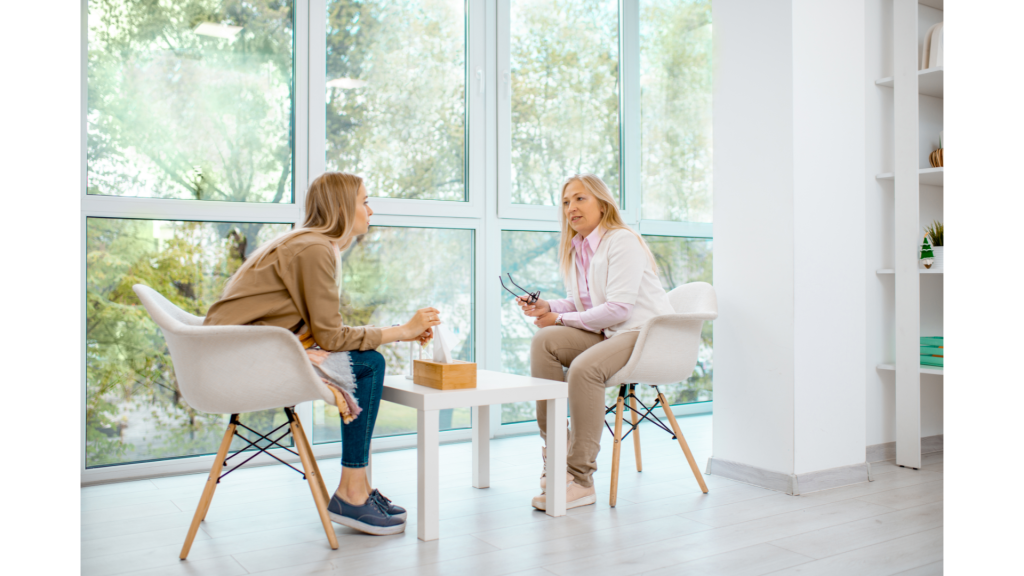If you have intrusive thoughts, you probably have looked for reassurance to help you cope with your thoughts’ content. Even though it might feel like it helps, albeit short term, you are, in fact, doing more harm than good, and I want to talk to you about that today.
I am going to talk about the following
- Types of reassurance seeking
- Why you seek reassurance
- What happens when you seek reassurance
- What you can do instead
Type of reassurance seeking
When you are seeking reassurance about the content of your thoughts, you might find yourself doing any number of the following;
- Asking people if you will act on your thoughts
- Asking others, ‘how do you know for sure that the thoughts will not come true.’
- If you are in therapy, you might want to spend the session getting reassurance from your therapist.
- Googling or checking forums
Stop Intrusive Thoughts

Online course to help manage intrusive thoughts
Why you seek reassurance
You will seek reassurance because you are afraid that you will act on your thoughts or do something wrong. This is a conscious decision to check that you are still okay, but there is also a more covert, automatic reason (that you will not exercise much control over) that you seek reassurance, and this is more to do with the anxiety that the thoughts create. Let me explain.
When you get an intrusive thought, it can make you feel very anxious very quickly. Your brain is quick to learn that you get a reprieve from this feeling when you seek reassurance; that is, you feel a little bit better. The next time you get an uncomfortable thought, you might want to ease the anxiety by asking other people their opinion. Before long, this becomes a habit so to speak, where you do not exercise much conscious control over your behaviour – you do it almost without thinking about it or planning to do it.
- Steps for overcoming HOCD
- Understand and Learn How to Stop Intrusive Thoughts
- CBT for Intrusive Thoughts
- Am I a bad person for having intrusive thoughts?
What happens when you seek reassurance?
When you get an uncomfortable thought or image, you might feel slightly better when you seek reassurance, and now I want to talk to you about what really happens.
You get an intrusive thought ( or image ), and you seek reassurance and find that you feel a little bit better. Unfortunately, this does not eliminate the intrusive thought, so next time you have it, you seek reassurance again, as you have discovered that this helped you last time. You get the intrusive thought again … and the cycle continues.
Not only does the cycle continue, but you probably notice that you have started to change your behaviours ( the things that you do, things that you say etc.) For example, you might not be around certain people, places or things as you are afraid that they might
- trigger an intrusive thought or
- you might act on the thought
You might also find that you ‘do things to help with your thoughts – this type of behaviour is known as carrying out compulsions, and you can read how they don’t help here.
In this very brief explanation, you can see that seeking reassurance does not make the thought go away. You might change your behaviours in time, which unfortunately also keeps the cycle going and denies you of things or people you may have previously enjoyed.
What you can do instead.
Different things can help with intrusive thoughts, and if you are interested, you can read more below.
- Exposure Response Prevention for Intrusive Thoughts
- CBT for Intrusive Thoughts
- Acceptance and Commitment Therapy – this post was written for a specific type of intrusive but the content with be applicable to all types of thoughts.
